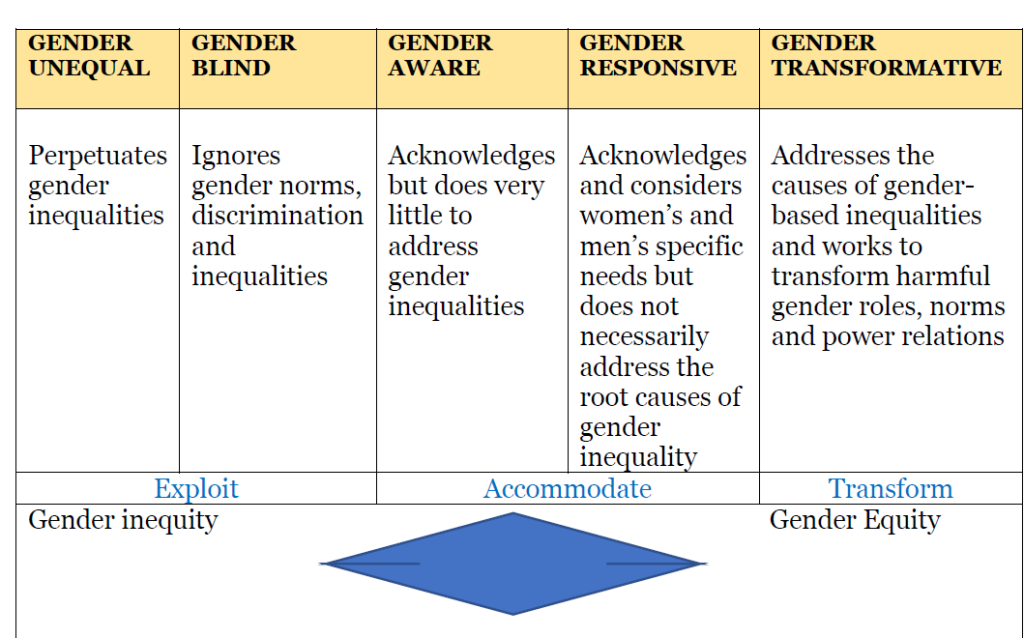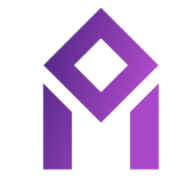The Gender Integration Continuum is a framework used to understand and categorize different approaches to gender in development policies and programs. It ranges from approaches that perpetuate gender inequalities to those that actively seek to transform and challenge harmful gender norms. The continuum includes five key categories: Gender Unequal, Gender Blind, Gender Aware, Gender Responsive, and Gender Transformative. Each category represents a different level of consideration and action regarding gender issues, guiding organizations in developing more equitable and inclusive interventions
Gender Unequal: Policies or situations that reinforce existing gender inequalities and ignore the specific needs of different genders, leading to ongoing discrimination.
Gender Blind: Approaches that do not consider gender differences, assuming equal impact on all genders, which often perpetuates inequalities by overlooking gender-specific needs.
Gender Aware: Recognition of gender differences and inequalities; policies and programs that consider these differences to ensure equitable interventions.
Gender Responsive: Initiatives that actively address and reduce gender inequalities by integrating gender considerations into planning, implementation, and evaluation processes for fair outcomes.
Gender Transformative: Approaches that challenge and change harmful gender norms and power relations, promoting gender equity and empowering marginalized genders through responsive policies and programs.

